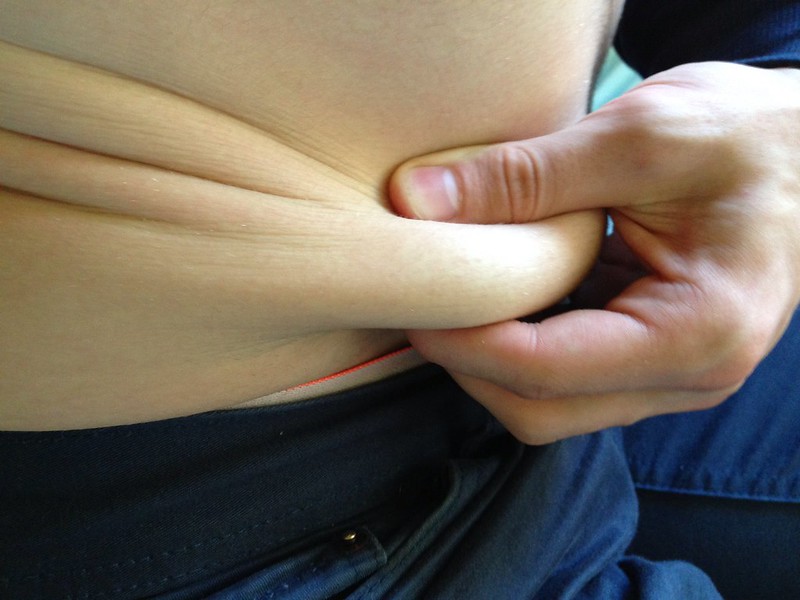Procedural Care
A liposuction procedure is not meant to be a substitute for losing weight. Nor is it very effective in eliminating cellulite and tightening sagging and loose skin. It’s used to remove small mounds of body fat in specific areas to make it appear slimmer and more contoured. In order to ensure the treatment heals properly and you achieve your desired results, it’s important to know the best way to take care of your body after a liposuction surgery. Although the procedure does not involve any large incisions on the body, small incisions are made to allow the cannula to be inserted in the area of treatment to suction the fat out. It’s pertinent to care for the treated area that had incisions to prevent infection and scarring from setting in and hampering results.
Getting Prepared
Before undergoing surgery, ensure your post-liposuction care kit is equipped, and ready. Make sure you have comfortable and loose clothing, which will give the treated area space to heal. Tight clothing may rub off against the incisions, causing irritation and hindering healing. Get pillows to rest on and dark towels to sit on which will absorb any leaking fluids. Get sufficient pain medication and bottled water, as well as soda crackers for nausea.
Post-Surgery
During the first 3 days, it’s normal for the body to leak bloody fluids which might drain on clothes and bedsheets. This fluid is injected into the treated area before surgery to make the process of fat removal easier. When taking a shower, run the soap and water gently over the treated area without scrubbing or applying any vigorous pressure on it. Use a clean towel to gently dry the area. Avoid any non-running water for at least two weeks after surgery. Non-running water includes swimming pools, baths, lakes or oceans.
Wear a compression garment at all times, except when taking a shower. Compression garments help to speed up recovery and reduce swelling. The plastic surgeon will inform you when it’s safe to remove the garments. He or she will also encourage you to move around every two hours to prevent blood from pooling and forming blood clots. Frequent movement keeps the body’s fluids moving and reduces swelling. Most plastic surgeons require the compression garments to stay on for five days, but some may allow you to remove them early.
Caring For Incisions
You can remove the outer dressing from the treated area one to three days after surgery, but this heavily depends on your surgeon’s preference. Some incisions may be left open, others may be stitched and others may have steristrips or tapes over them. The steristrips should not be interfered with and must be allowed to fall off on their own, or be removed by the surgeon.
It’s normal to get some mild bruising in the treated area after surgery. This will gradually subside and by the third week will be completely gone. Although there will be a noticeable change in the body contour, there will also be swelling. This will slowly subside over a period of three to four months.
Always monitor your incisions for signs of infection such as spreading redness, increased swelling, foul odor, excessive leaking, increased pain, and warmth. If you experience any of these symptoms, make an immediate appointment with your doctor.
Wahab Ullah Amjad
Recent Posts
- Castor Oil For Better Hair Growth: Is It Myth Or Fact?
- Exploring the Differences Between Sermorelin, Ipamorelin, Ibutamoren, GHRP2, and GHRP6: Understanding Their Role in Human Growth Hormone Regulation
- Unraveling the Mystery: Understanding the Causes and Prognosis of Ventricular Tachycardia Without Apparent Heart Disease
- Understanding Grandparents’ Rights in Oklahoma: Navigating Visitation and Legal Protections
- 10 Reasons to Consider Hypnotherapy for Your Health

